The Gasimov Brothers’ house: A story of Baku’s architectural heritage A historical journey on Caliber.Az
The Gasimov family is one of the most renowned and respected names in pre-revolutionary Baku. As talented entrepreneurs and builders, the Gasimovs made a significant impact on the city’s architectural landscape.
Their construction company, “Gasimov Brothers & Co.”, implemented a number of outstanding projects in the late 19th and early 20th centuries, becoming an integral part of Baku’s architectural golden age. Under their leadership, monumental buildings such as the Ismailiyya Palace, the Novaya Evropa (New Europe) Hotel, the Mitrofanov Palace, the Sadikhov and Taghiyev brothers’ houses, the Baku Public Assembly building, the revenue house of Gani Mammadov, the four-storey residence of Murtuza Mukhtarov, several buildings commissioned by Musa Naghiyev, and many other landmarks were constructed — all of which are now inseparable from the historical centre of Baku.
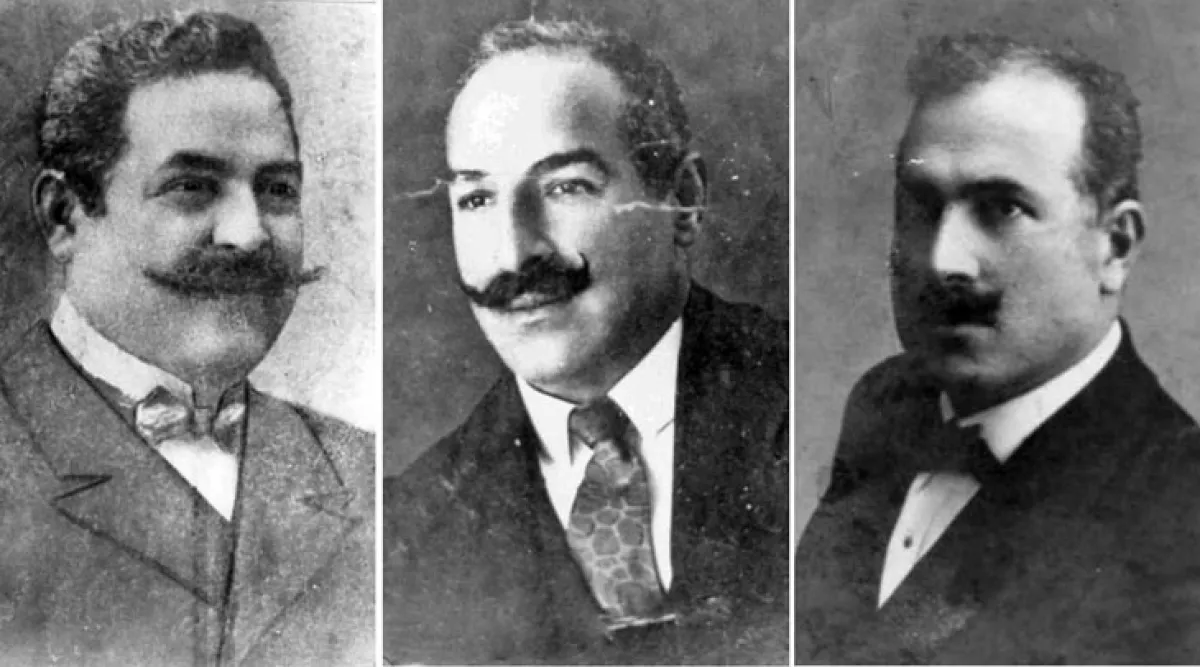
The Gasimov brothers were also known for their philanthropy, contributing notably to the construction of the Baku Real School. Following a fire at a well-known bookstore at the intersection of Nikolaevskaya and Persian Streets (now Istiglaliyyat and Murtuza Mukhtarov Streets), the Gasimovs not only fully financed the repairs but also funded the purchase of new books.
Their father, Haji Muhammad Ali, moved to Baku with his wife and children in the mid-1870s. Education was a top priority. The children studied languages, took private lessons in various subjects, attended a technical school, and later began working in construction cooperatives as young apprentices. This was followed by engineering courses in Russia, a return to Baku, and the establishment of their own cooperative, which eventually evolved into a construction company that became a market leader in high-quality housing.
The success of Gasimov Brothers & Co. stemmed from several key factors. They were the first in Baku to offer a turnkey service — from design to interior finishing. They embraced innovation and were among the pioneers in using concrete in construction. At the time, this was a risky move: concrete was still a relatively unrefined material, often of inconsistent quality and difficult to work with. Nevertheless, the Gasimovs experimented, improved its composition and pouring techniques, and pursued durability and reliability in their projects.
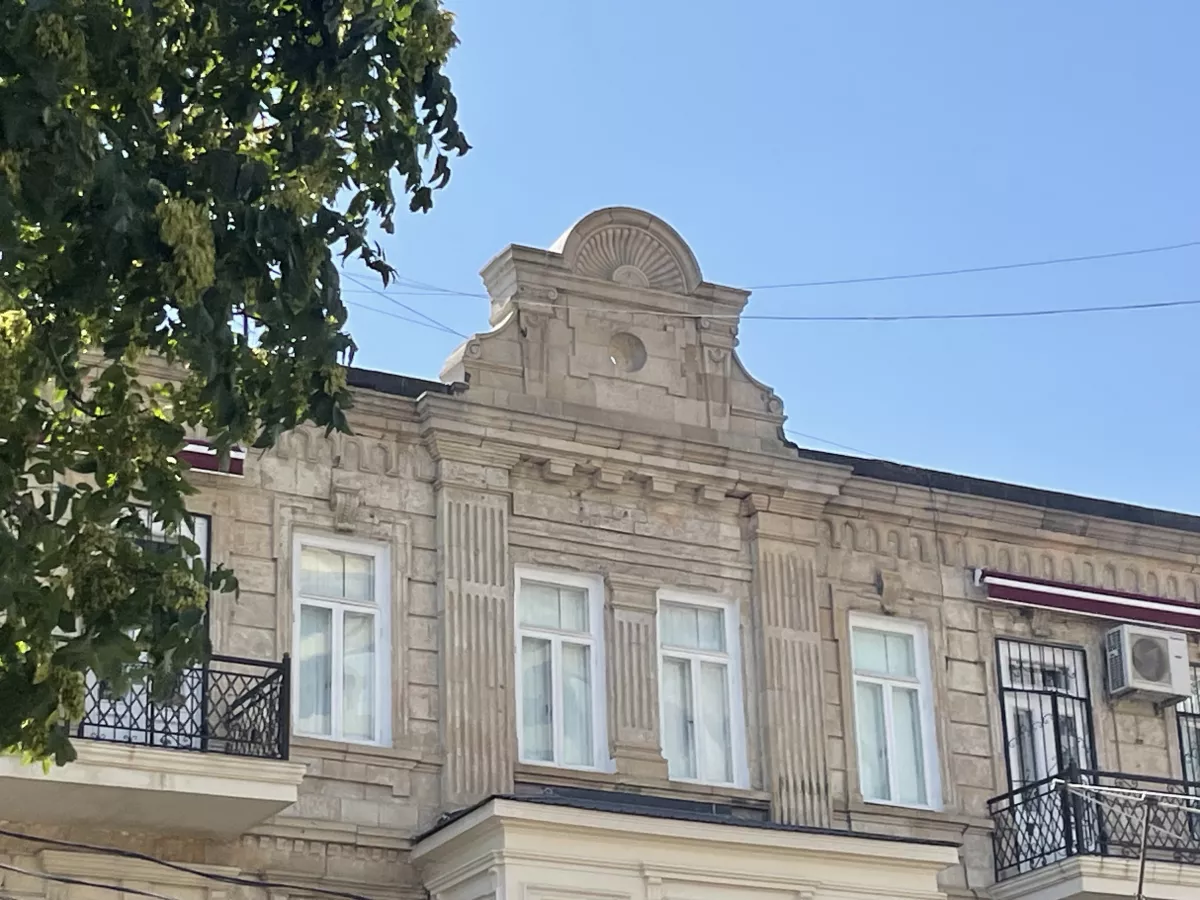
It is important to note that they conducted their experiments with new materials on their own houses. This reflects their belief in innovation, a strong sense of responsibility, honesty, and a commitment to developing the urban environment through practical application.
Another key factor in their success was their impeccable reputation and their ability to build rapport with a diverse range of clients. Coming from a respected Ordubad family, well-educated and multilingual, the Gasimovs embodied a “golden mean” that appealed equally to ordinary residents of Baku, local nobility, and visiting entrepreneurs.
A special place in their legacy is held by their own residential building — a structure that continues to inspire admiration today. For a long time, the brothers lived in rented accommodation, but the birth of their first children motivated them to purchase a plot of land and build a house. The construction cost was approximately 7,000 gold rubles.
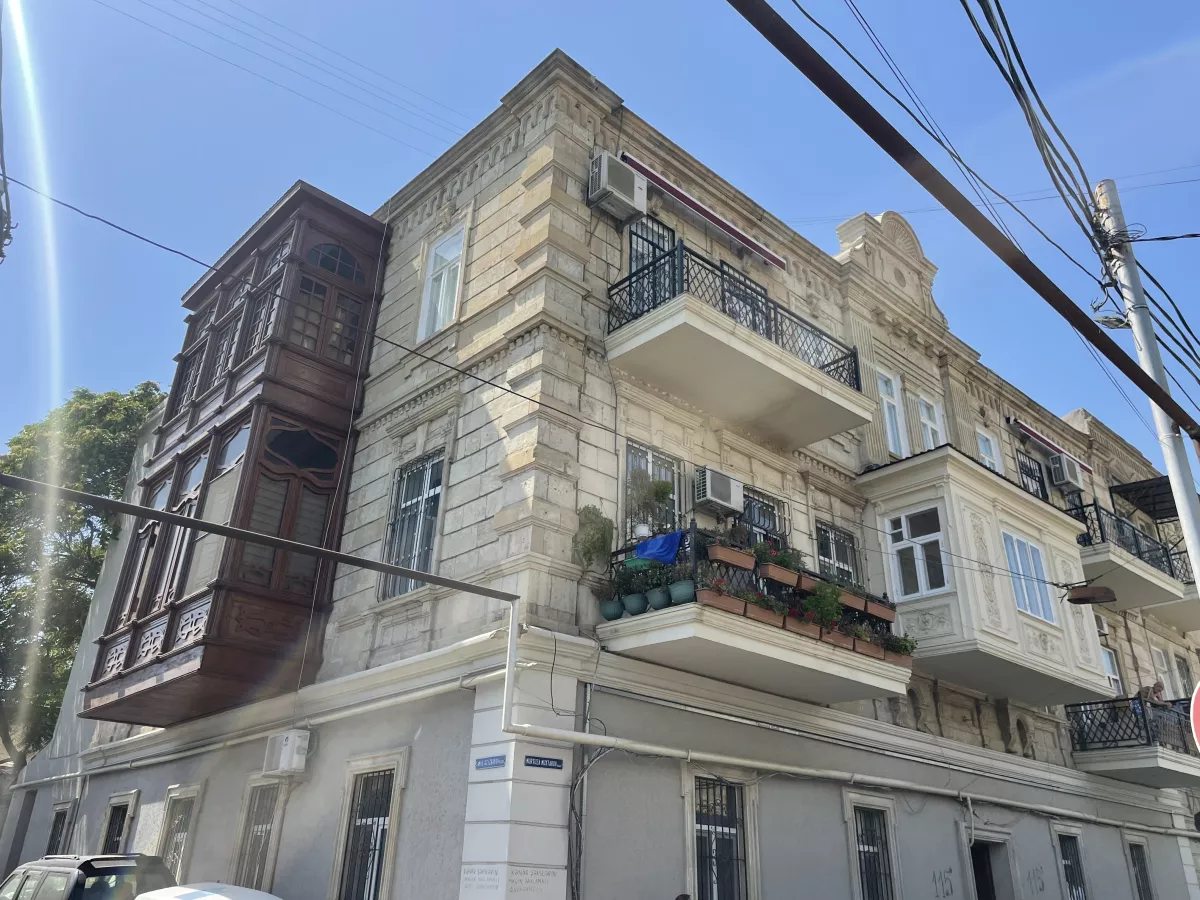
The house was built on Persian Street (now Mukhtarov Street) — at a time when this area was just beginning to take shape. Each new mansion became part of an emerging architectural symphony.
The Gasimov House is a model of restrained elegance, architectural dignity, and impeccable proportions. This three-storey mansion fits harmoniously into the block’s layout. Its architecture is characterised by proportional divisions, horizontal bands, and a rhythmic pattern of window openings. Particularly striking is the contrast between the calm, understated lower floors and the more ornate upper floors, which feature vivid relief and intricate detailing.
Academician of the Azerbaijan National Academy of Sciences and Honoured Architect of the Azerbaijan SSR, Shamil Fatullayev-Figarov, emphasised the significance of the Gasimov House, noting its “profound combination of Baku’s traditional residential architecture with plasticity and a magnificent interpretation of architectural motifs.”
One of the building’s striking features is the enclosed bay balconies made of stone and wood, facing Persian Street. These balconies served as an experimental platform for perfecting the cement mix using Portland cement. Thanks to this, the façade still boasts preserved stucco decoration. The wooden elements highlight the refined taste of the owners. From these balconies, there are views over the city, the Caspian Sea, and the minarets of the mosques.
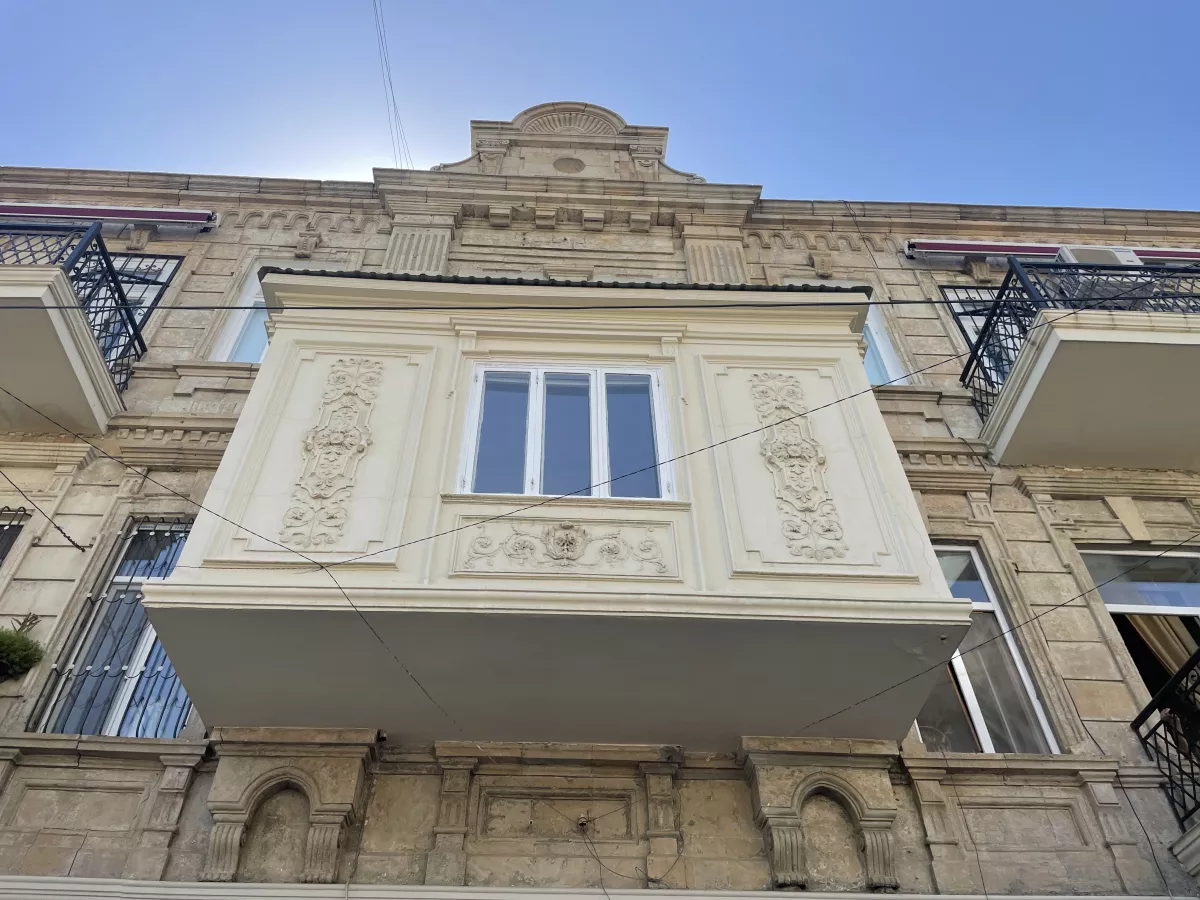
The façade is also adorned with a monogram — researchers believe it signifies the owners’ membership in the First Guild of Merchants. This detail adds a sense of nobility to the building and emphasises the family’s high social status.
The interiors of the house are equally expressive. The layout is thoughtfully designed, and the finishes are restrained yet sophisticated. Features such as fireplaces, delicate stucco work, wood carvings, original windows with beautiful frames, chandeliers imported from Europe, and bronze ventilation covers all speak to refined taste and a deep respect for the art of construction.
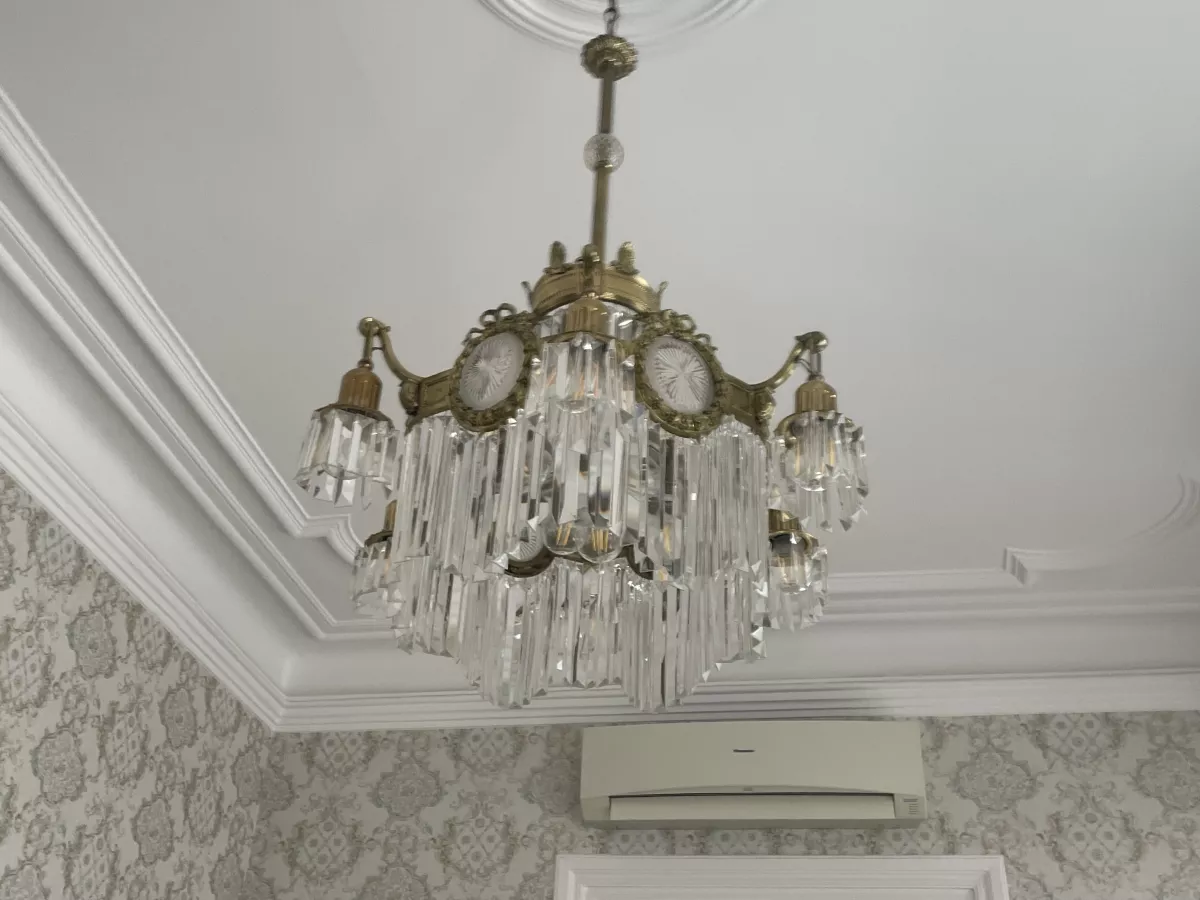
The house is not only an architectural but also a cultural treasure. One of its rooms hosted rehearsals of the legendary opera Leyli and Majnun.
The building was designed with consideration of the prevailing winds and sun orientation: it retained warmth in winter and coolness in summer. Natural light filled the rooms throughout the day.
In the courtyard, there was an elegant staircase and arched passageways leading to the construction company’s office. Until 1906, the company was entirely housed in these premises, though unique architectural elements were lost during later restorations.
Also in the courtyard, the brothers built a small neighbourhood mosque — a space for prayer reflecting their spiritual values.
One cannot forget the tragic episode linked to the March 1918 events when Armenian Dashnaks committed a massacre in Baku. One shell, reportedly aimed at the minaret of the Haji Sultanali Mosque, struck the Gasimov house, damaging its façade. This incident became a symbol of how tragedy can invade peaceful life and leave its mark even on architecture.
The Gasimov Brothers’ House embodies the spirit and cultural ideals of its era, reflecting the owners’ innovative approach. It fits organically into early 20th-century Baku architecture and remains an integral part of the city’s historic landscape.
By Vahid Shukurov, exclusively for Caliber.Az








